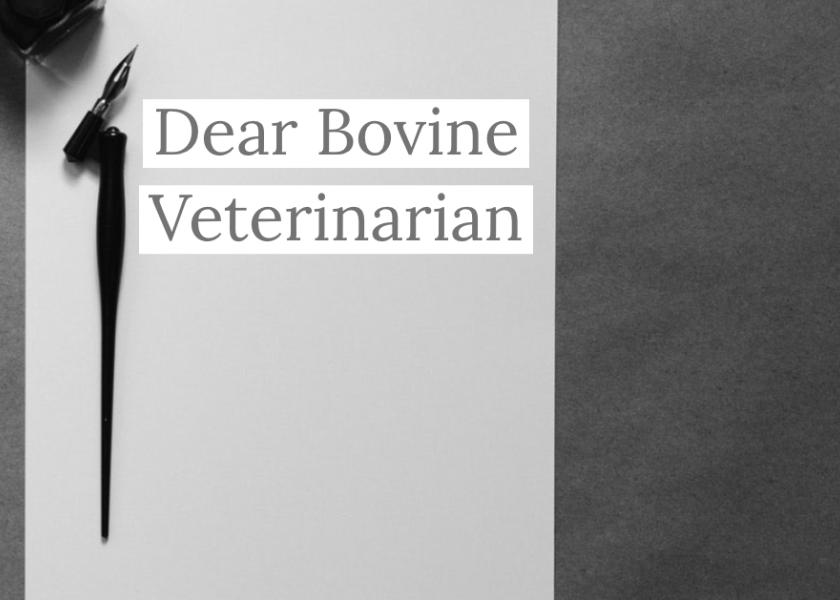Rural Veterinarians Need More Support from Their Communities

Editor’s Note: The opinions in this commentary are those of the author.
Dear Editors,
Who’s responsible for the shortage of rural veterinarians? It would be impossible to narrow it all down to one thing, unless you make it broad, but that may not get us anywhere.
The following are areas that decrease my quality of life as a mixed animal veterinarian living in rural Utah. My personal income doesn’t match the fact I’m on call all the time. I wear too many hats as an owner and manager, trying to train employees; marketing the practice; managing finances, facilities and equipment; handling accounts receivable; and managing public relations. On top of that, I’m also responsible for creating processes and protocols, such as an employee manual, promoting a business culture and more.
I need more time and understanding to create health management protocols for producers, develop treatment plans, continue regular services and convince producer clients they should “change their religion” and obtain services from their veterinarian legally instead of how they have been (the neighbor).
But, most importantly, I miss feeling truly like I am making a difference and that I am important in the community. Feeling the community really appreciates a veterinarian only really occurs from their support.
The normal human hears how they can purchase products and get services other places. They hear that vets are overpriced and can cut their vet bill enough that they believe it. It feels like one person in a community can’t and doesn’t have the resources to get the word out to let people understand the value of veterinarians.
Many services such as breeding soundness exams, health certificates and others reward veterinarians for doing a subpar job. Specifically, do a quick inexpensive BBSE and “pass” the yearling bulls for their sell and the producer will love you. Charge more, spend more time on them and defer and larger percent, and they will find someone else. Do a health certificate where you don’t go out and look and the animals, charge less, and you get the producer’s support. Spend the time to get it done correctly and they act like you’re a pain in their butt and would prefer the other guy to do them.
This makes practice very difficult, and quality of life dwindles. For every one to two times I can get that word out, they get hammered with many other voices telling a different story. People believe what they hear over and over again, no matter what the truth is. It’s our normal physiological reality.
What we need is programs that reward producers for using veterinarians for their health programs, treatment plans, quality assurance audits and others. This needs to be broadcasted at the time of sale, with cattle under these programs getting premiums. Producers will hear and see this over and over and it will change how we perform our services and change the industry to a more positive, healthy and profitable product for all sectors of the industry.
The AVMA, AABP and others can help by continuing to give us well-thought-out guidelines and training to do the best job possible with these programs. Sample programs would be a great place to start, with details and instructions to help us get something like this going. Quality of life can improve when we can do and good job, keep helping and making a difference and be rewarded.
— Glen L. Jensen, DVM
Share your opinion in the comments below, or submit your feedback here.
Who’s responsible for the shortage of rural veterinarians? Check out the poll.
What steps can the AVMA take to help develop more large animal veterinarians? Take the poll.







